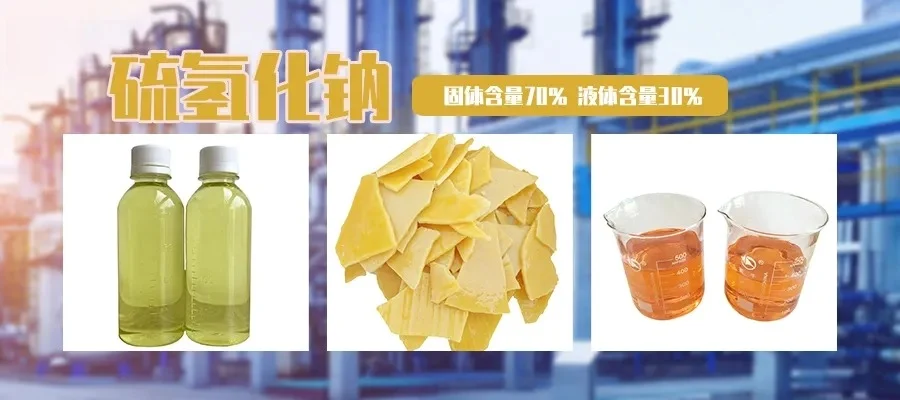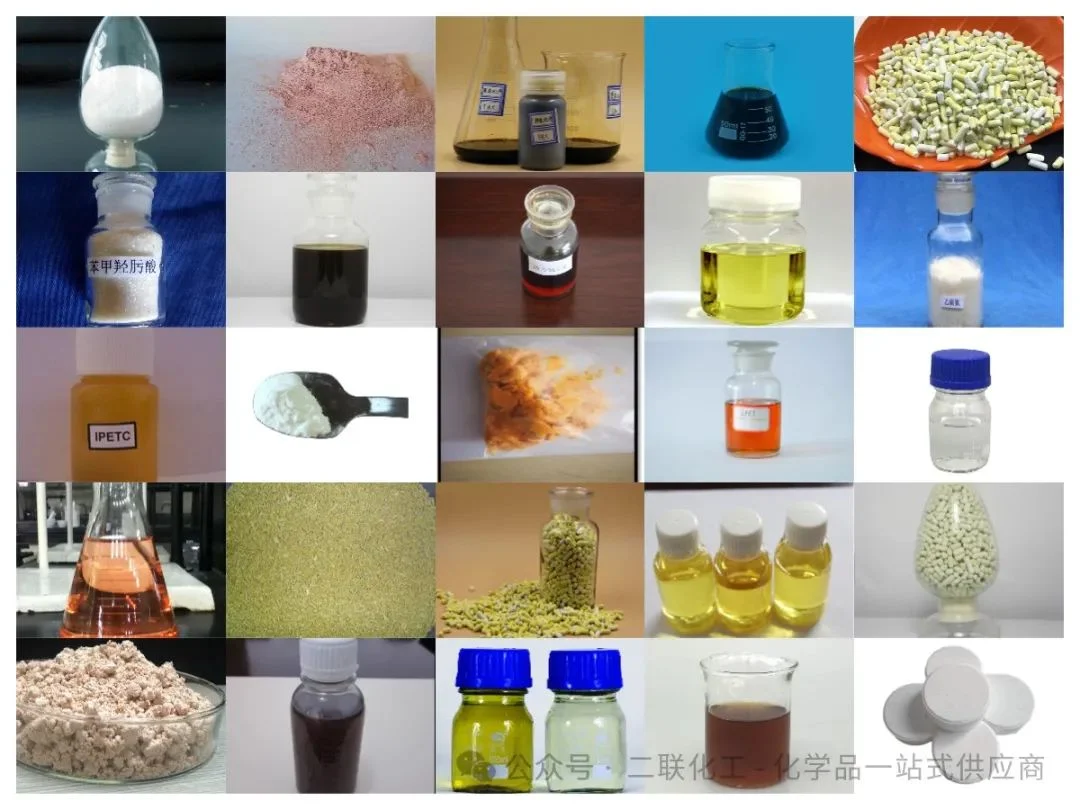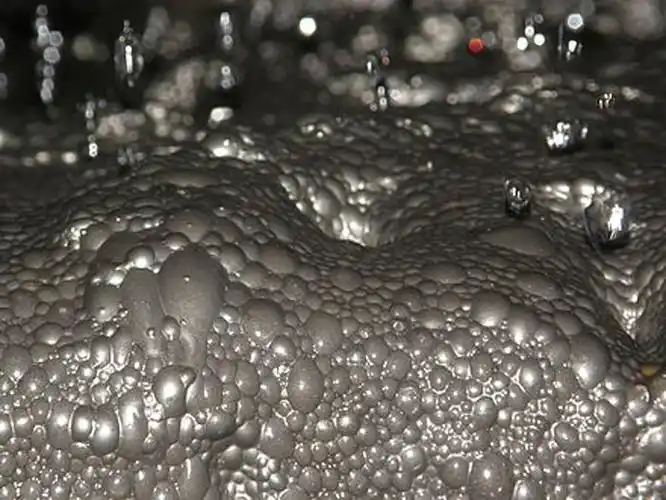Sodium hydrosulfide

Sodium hydrosulfide (chemical formula NaHS) is an important inorganic compound that holds a significant position in industrial production due to its unique chemical properties and wide range of applications. This article will provide a detailed overview of the precautions that need to be taken when storing and transporting Sodium Hydrosulfide at high temperatures.
1. What precautions should be taken when storing Solid Sodium Hydrosulfide in the summer?
Moisture-proof storage: Sodium hydrosulfide is hygroscopic, so it should be stored in a dry environment. It is advisable to place it in a dry location and use sealed containers or bags.
Avoid direct sunlight: Exposure to sunlight may impair the performance of sodium hydrosulfide, so it should be kept out of direct sunlight.
Avoid high temperatures: High-temperature environments may affect the structure and function of sodium hydrosulfide. It should not be placed in high-temperature areas; it is best stored at room temperature.
Regular inspection: During storage, regularly check for any abnormal changes in sodium hydrosulfide, such as clumping or discoloration. If any abnormalities are found, appropriate measures should be taken.
Avoid contamination: Before handling sodium hydrosulfide, ensure that the tools and containers used are clean to prevent contamination.
Safe handling: When handling sodium hydrosulfide, wear appropriate protective equipment, such as goggles and gloves, to prevent contact with the substance.
Storage facilities: Store in a cool, well-ventilated warehouse, away from sources of ignition and heat, and use explosion-proof lighting and ventilation facilities.
Emergency preparedness: The storage area should be equipped with leak emergency response equipment and suitable containment materials to enable quick action in case of an accident.
Isolated storage: It should be stored separately from oxidizers, acids, food chemicals, and other substances to avoid potential chemical reactions.
Safety signage: The storage area should have clear safety signs and warning labels to alert personnel to potential hazards.
2. What precautions should be taken when storing Liquid Sodium Hydrosulfide in high temperatures during summer?
Prevent high temperatures: Avoid exposing liquid sodium hydrosulfide to high temperatures, as elevated temperatures may accelerate its decomposition and produce harmful gases.
Corrosion prevention: Use corrosion-resistant materials for storing and transporting liquid sodium hydrosulfide to prevent reactions with metals.
Leak prevention: Ensure that containers are well-sealed to prevent leaks. If a leak occurs, immediate measures should be taken to prevent contamination.
Ventilation: Maintain good ventilation in the operating area to reduce the accumulation of harmful gases.
Professional training: Ensure that operators receive training on the hazards of sodium hydrosulfide and safe handling procedures.
3. What precautions should be taken when transporting sodium hydrosulfide in high temperatures during summer?
Prevent high temperatures: Since sodium hydrosulfide may be unstable at high temperatures, it should be protected from direct sunlight during transportation, and the transport vehicle should have appropriate shading measures.
Prevent leaks: Ensure that all containers are well-sealed to prevent leaks during transportation.
Isolation: It is strictly prohibited to transport sodium hydrosulfide together with oxidizers, acids, food chemicals, or other substances to prevent chemical reactions.
Ventilation: The transport vehicle should maintain good ventilation to reduce heat generated from the decomposition of sodium hydrosulfide.
Emergency preparedness: Transport personnel should be familiar with emergency measures, including leak handling and first aid procedures.
Vehicle maintenance: Ensure that the transport vehicle's exhaust system has a spark arrestor and avoid using mechanical equipment and tools that may generate sparks.
- Random Content
- Hot content
- Hot review content
- Industrial Acetic Acid 99.5% Colorless Liquid Glacial acetic acid
- Food Grade Ammonium Sulphate
- Sodium Metasilicate Pentahydrate
- Sodium alpha olefin sulfonate (AOS)
- Food Grade 99% Sodium Bicarbonate
- Manganese carbonate
- Ethyl Methyl Carbonate (EMC) 99%
- 1Discounted Sodium Cyanide (CAS: 143-33-9) for Mining - High Quality & Competitive Pricing
- 2Sodium Cyanide 98% CAS 143-33-9 gold dressing agent Essential for Mining and Chemical Industries
- 3Sodium Cyanide 98%+ CAS 143-33-9
- 4Anhydrous Oxalic acid 99.6% Industrial Grade
- 5Soda Ash Dense / Light 99.2% Sodium Carbonate Washing Soda
- 6Oxalic acid for mining 99.6%
- 7Calcium hydroxide Industrial Grade 90%
- 1Sodium Cyanide 98% CAS 143-33-9 gold dressing agent Essential for Mining and Chemical Industries
- 2High Quality 99% Purity of Cyanuric chloride ISO 9001:2005 REACH Verified Producer
- 3 High-Quality Sodium Cyanide for Leaching
- 4Powdery emulsion explosive
- 5Industry Grade Electron grade 98% Sulfuric Acid H2SO4 Sulphuric Acid Battery Acid Industrial Sulfuric Acid
- 6Colloidal emulsion explosive
- 7sodium hydrosulfide 70% flakes used Mining Industry












Online message consultation
Add comment: